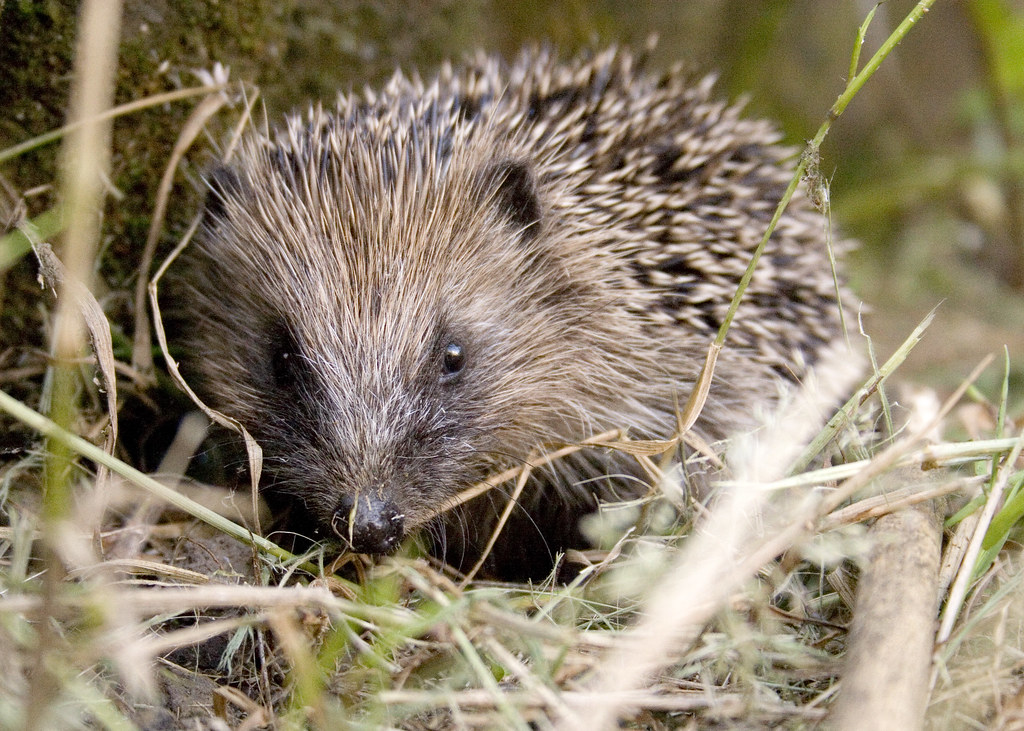Image Credits and Captions
Elements of an Image Caption
The purposes of an image caption are to:
- Give credit to the creator
- Provide basic identification or description of the image
- Clarify the permissions or rights under which you are using the image
Due dilligence
Before you decide to use the image, make sure you have done the following:
- Know who the creator is. Because other people have not captioned their images well does not give you license to do so as well. Dig to find who created the image.
- Dig to find the original. It is easy to discover images on social media, but usually those images were originally posted elsewhere. Do not settle for the most convenient location. Look for the most stable and authoritative original version. See the resources on this page for help.
- Determine whether you have the right to redistribute the image in this way. Remember that fair use does not extend to redistribution outside the classroom. If the image is copyrighted, ask for permission. If the image is license free, make sure. If the image is yours, say so. If the image is CC-licensed, you have less to worry about.
Provide the following elements in this order:
- The phrase "Image source" or "Source"
- Author/Creator
- Title
- Date
- URL where accessed
- Provide a brief statement about the rights or permissions under which you are using the image. Some examples might be:
- "Used with permission" - in the case of a copyrighted image where you have contacted the creator
- CC BY-SA - when an image has a Creative Commons license
- "license-free image" - when you have determined the image is not under copyright or licensed
- "original photo" or "author photo" - when you are the creator of the image
An Example

Image source: Mark Fletcher, "hedgehog," 2009. Accessed via https://www.flickr.com/photos/fletchthemonkey/3807893972/ CC BY-NC 2.0.
Remember
The practice of image caption formatting changes depending on context. Different kinds of publications require more and less documentation. Different disciplines also vary. The elements listed above are suggestions based on the most common elements necessary to describe an image, make it possible to find again, and clarify why you get to share it. Take additional cues from good examples in the context where you are publishing. Finally, be responsible. Someone put work into the production of this image and they deserve credit.
Find the Original Image
- TinEye Reverse Image SearchFigure out who should get credit for an image you have but that has no attribution.
- Jeffrey Friedl's Image Metadata ViewerThis tool shows you all the metadata hidden in an image file, which might help you determine date of creation as well as basic attributes.
- Google Images - Search by ImageClick the camera icon in the search box and search by the image you have in hand (either by URL or by dragging in). Like TinEye, it finds other places online where the image has been posted.
Check the source's "Terms of Use," Image Credits," or "Image Permissions" section to make sure you know whether the image is under license or copyright or other terms of use.

